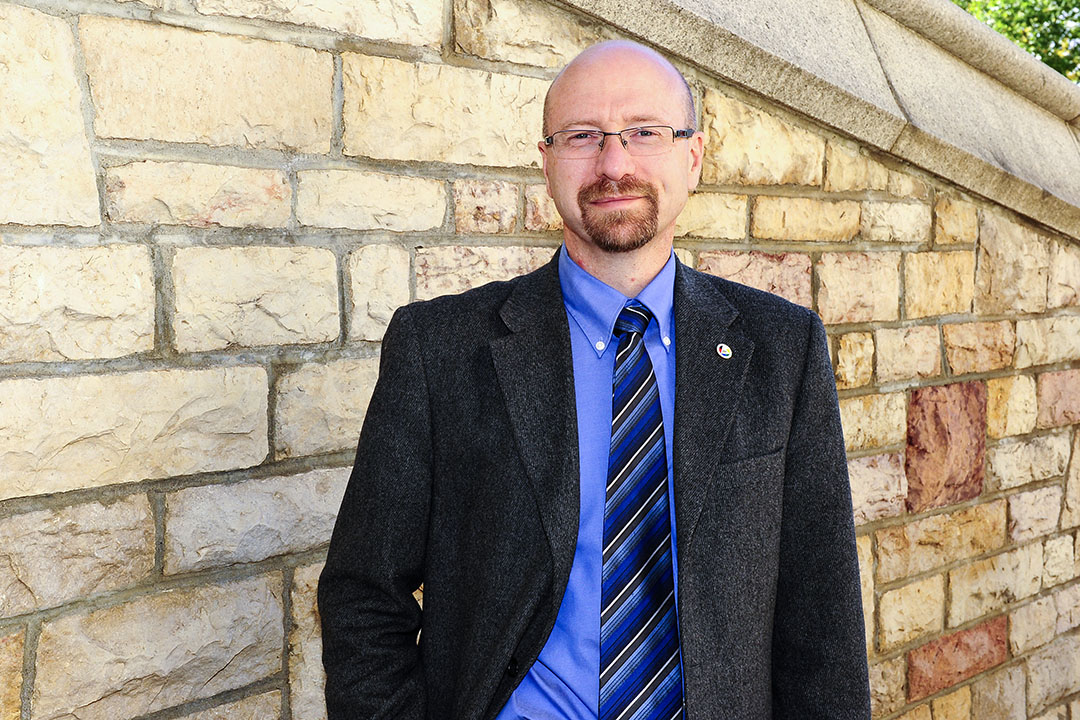
Tracking pandemic public health responses
The rampant spread of COVID-19 south of the border and the increasing number of localized cluster outbreaks in areas of Saskatchewan are clear warning signs to researchers like Dr. Cory Neudorf (MD) that we must remain diligent in the face of the global pandemic.
By James Shewaga“We are learning from what other countries are doing, and when we see a resurgence of cases, a lot of it is due to public behaviour,” said Neudorf, a leading researcher in the Department of Community Health and Epidemiology in the College of Medicine at the University of Saskatchewan (USask). “With contact tracing we find out new information daily about how the virus is actually spreading in different types of scenarios and we need to adapt our responses as we learn more. We need to design a system that allows us to capture that type of information in order to do rapid research.”
The USask professor and medical director of surveillance and health status assessment/reporting for the Saskatchewan Health Authority is now leading a team of researchers who are the first in the world to track public health responses to an ongoing pandemic, using new World Health Organization (WHO) guidelines for tracking interventions. The goal of the $230,600 research project is to provide recommendations on how to best prepare for the next wave of COVID-19 and for future pandemics.
“In our response to COVID-19, we need to document what public health did and had to stop doing, in order to respond to the huge increase in cases,” said Neudorf, whose research was funded in June by the Canadian Institutes of Health Research and the Saskatchewan Health Research Foundation. “Did you have a drop in routine immunizations that resulted in other outbreaks? Were routine public health inspections of food facilities stopped? We need to determine what types of responses were made at the local level and what impact those responses had.”
Neudorf’s team will document and analyze community health programs and policies established in response to COVID-19, documenting front-line perspectives from 200 local health organizations across the country. A key part of the research will be examining the cost of the new public health initiatives.
“People are quite aware of the reports that come out on the effectiveness of the Canadian health care system and how we use our physician and hospital resources, but the same thing doesn’t exist for public health programming,” he said. “We can’t really tell at this point how much we are spending on public health, and on what types of programs and services, in order to combat COVID-19.”
So what have we learned so far? Neudorf said international collaboration—led by the WHO—is helping fast-track research into vaccines and therapeutics, as well as providing perspective on which public health measures have proven successful and which have not.
“I think it has been unprecedented how much we have learned in a short amount of time, about the new virus causing this pandemic,” he said. “Partly this is learning from past pandemics. There have been good developments on the international front with the rapid sharing of information among scientists and clinicians that stem from agreements back before the H1N1 crisis (of 2009). Since then, sharing of information internationally to develop tests, vaccines and potential drugs has rapidly accelerated and that has been fantastic.”
However, Neudorf cautions that until a vaccine is successfully developed, the province and the country’s vulnerability will depend upon following basic public health measures.
“If we aren’t wearing masks, physical distancing and practicing good hand hygiene, cases could mushroom again very quickly,” he said.
Neudorf noted another serious threat comes from our southern neighbour and major trading partner. With the pandemic still spreading out of control in parts of the United States, keeping the border closed remains critical.
“It certainly is a concern,” he said. “As you look at potential areas from where COVID could be re-introduced in a larger way into Canada, travel from areas where it’s endemic, like the United States, certainly is high on the list. The travel restrictions that we have and the relative closing of the border has really helped us until now, so how long that stays in place is a big issue.”
Closer to home, Neudorf said the university has done an excellent job of limiting risk on campus, with the majority of courses continuing remote delivery for the fall semester as most USask students, staff and faculty work and study from home.
“The university responded quickly, along with the rest of society, and there has been good consultation with the health system,” said Neudorf. “The key over the next few months is going to be monitoring the impact of re-opening guidelines, whether that be businesses or schools.
“Our peak campus activities in the fall and winter are going to coincide with when the virus can most efficiently spread indoors. But if we find a vaccine that is available by winter and we are able to get that out in mass clinics, we can begin to get back to normal.”

